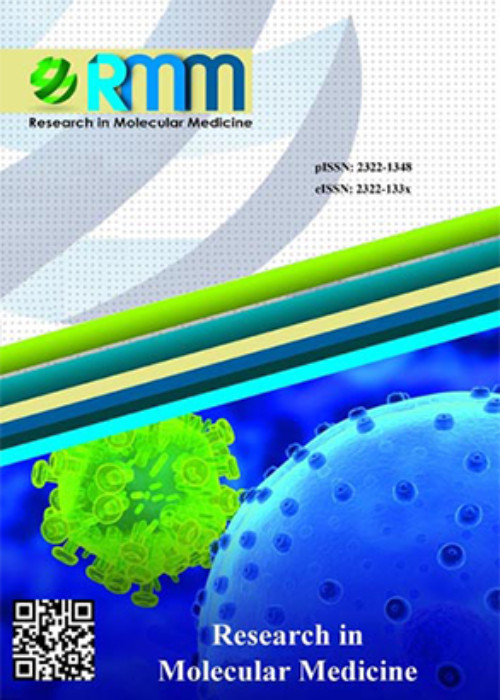Individually and Synergistic Degradation of Hydrocarbons by Biosurfactant Producing Bacteria
Author(s):
Abstract:
Background
Increasing worldwide contamination with hydrocarbons has urged environmental remediation using biological agents such as bacteria. Our goal here was to study the phylogenetic relationship of two crude oil degrader bacteria and investigation of their ability to degrade hydrocarbons.Materials And Methods
Phylogenetic relationship of isolates was determined using morphological and biochemical characteristics and 16S rDNA gene sequencing. Optimum conditions of each isolate for crude oil degradation were investigated using one factor in time method. The rate of crude oil degradation by individual and consortium bacteria was assayed via Gas chromatographymass spectrometry (GC-MS) analysis. Biosurfactant production was measured by Du Noüy ring method using Krüss-K6 tensiometer.Results
The isolates were identified as Dietzia cinnamea KA1 and Dietzia cinnamea AP and clustered separately, while both are closely related to each other and with other isolates of Dietzia cinnamea. The optimal conditions for D. cinnamea KA1 were 35°C, pH9.0, 510 mM NaCl, and minimal requirement of 46.5 mM NH4Cl and 2.10 mM NaH2PO4. In the case of D. cinnamea AP, the values were 30°C, pH8.0, 170 mM NaCl, and minimal requirement of 55.8 mM NH4Cl and 2.10 mM NaH2PO4, respectively. Gas chromatography Mass Spectroscopy (GC-MS) analysis showed that both isolates were able to utilize various crude oil compounds, but D. cinnamea KA1 was more efficient individually and consortium of isolates was the most. The isolates were able to grow and produce biosurfactant when cultured in MSM supplemented with crude oil and optimization of MSM conditions lead to increase in biosurfactant production.Conclusion
To the best of our knowledge this is the first report of synergistic relationship between two strains of D. cinnamea in biodegradation of crude oil components, including poisonous and carcinogenic compound in a short time.Keywords:
Language:
English
Published:
Research in Molecular Medicine, Volume:4 Issue: 1, Feb 2016
Pages:
36 to 44
magiran.com/p1507594
دانلود و مطالعه متن این مقاله با یکی از روشهای زیر امکان پذیر است:
اشتراک شخصی
با عضویت و پرداخت آنلاین حق اشتراک یکساله به مبلغ 1,390,000ريال میتوانید 70 عنوان مطلب دانلود کنید!
اشتراک سازمانی
به کتابخانه دانشگاه یا محل کار خود پیشنهاد کنید تا اشتراک سازمانی این پایگاه را برای دسترسی نامحدود همه کاربران به متن مطالب تهیه نمایند!
توجه!
- حق عضویت دریافتی صرف حمایت از نشریات عضو و نگهداری، تکمیل و توسعه مگیران میشود.
- پرداخت حق اشتراک و دانلود مقالات اجازه بازنشر آن در سایر رسانههای چاپی و دیجیتال را به کاربر نمیدهد.
In order to view content subscription is required
Personal subscription
Subscribe magiran.com for 70 € euros via PayPal and download 70 articles during a year.
Organization subscription
Please contact us to subscribe your university or library for unlimited access!


